‘The Worst Person in the World’ is the third and presumably final entry in Norwegian filmmaker Joachim Trier’s ‘Oslo Trilogy’ after ‘Reprise’ (2006) and ‘Oslo, 31 August’ (2011). The films have little in common narrative-wise but share themes such as longing, drug use, love, grief, and adulting. Moreover, they are love letters to the Norwegian capital.
In ‘The Worst Person in the World,’ Trier experiments with the complexity and whimsicalness of love through a protagonist on a self-discovery journey. Julie (Renate Reinsve) is perfectly imperfect. She is indecisive, impatient, and can be quite apathetic, but the film steers clear of vilifying her and doesn’t lead its audience toward that path either. Here is everything you need to know about the ending of ‘The Worst Person in the World.’ SPOILERS AHEAD.
The Worst Person in the World Plot Synopsis
The whole narrative of ‘The Worst Person in the World’ is divided into 14 chapters, including a prologue and an epilogue. Living in Oslo, 20-something Julie is eternally restless. At the start of the film, she is a med student. But then, one day, she starts feeling she doesn’t belong there. So, she dumps her boyfriend and switches to psychology, receiving enthusiastic support from her mother. Julie then sleeps with her professor.
While sweeping through photos of him on her phone, she suddenly decides that photography is her true calling. Her mother is less enthusiastic this time. Julie spends her student loan on a camera and lenses. There is no going back this time. She has to stick with this one and make it work. Photography opens up a whole new world for her, inhabited by models, artists, and entertainers. She starts dating a model and then leaves him for a comic book creator named Aksel (Anders Danielsen Lie). Aksel is 15 years older than Julie, but the age difference doesn’t turn out to be that big issue, at least not initially.
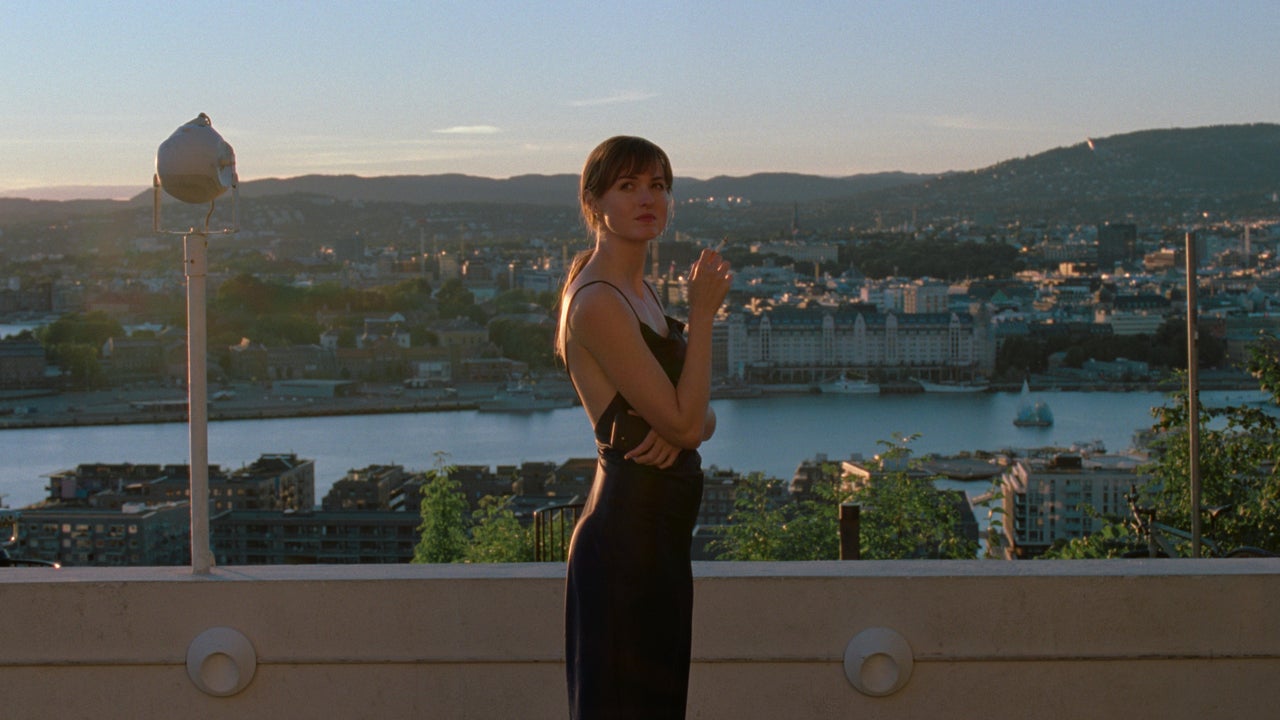
However, when Julie visits the home of Aksel’s parents with him, the reality of their circumstances starts to dawn on her. They are at completely different stages in their lives. Aksel, who is in his 40s, wants to settle down and start a family, but Julie isn’t there yet. Her single mother raised her. Her father is still alive, and they keep in touch. However, he was never truly involved in her life. As a result, she doesn’t know how to respond to Aksel’s family. One night, she overhears Aksel’s brother arguing with his wife, and things suddenly become easier for her. Everyone has their own problems, including those who seem to have figured everything out.
While crashing a wedding, Julie meets Eivind (Herbert Nordrum), an easygoing barista who is set to play an important role in her life. Although they don’t have sex, they spend the night together, dancing, laughing, and living every moment to the fullest. Aksel and Eivind can’t be more different from each other. Aksel is an artist and intellectual. Julie comes to think that a relationship with him demands too much from her and uses it as an excuse to break up.
Julie subsequently begins dating Eivind, who leaves his own girlfriend, Sunniva, for her. Eivind is everything that Aksel never was. Like Julie, he doesn’t want children and isn’t bound by the strict image of the future. But this relationship comes to an abrupt halt when she starts to feel that Eivind isn’t her intellectual equal. Before doing anything about it, she discovers that she is pregnant. Julie runs into Aksel’s brother at her workplace and learns that her former boyfriend has terminal pancreatic cancer.
The Worst Person in the World Ending: What Happens to Julie’s Baby?
In ‘Chapter 11: Positive,’ Julie starts to feel sick. She performs a home test, and her suspicion is proven true — she is pregnant. She has initially no idea what to do. Eivind is the father, but their relationship is rapidly deteriorating at this point, and Julie is seeking a way out. Moreover, she has just found out about Aksel’s illness.
While dealing with a rapidly increasing inner turmoil, she goes to see Aksel. The subsequent scenes can be potentially interpreted as a desperate measure by the protagonist to seek comfort from a dying man and an attempt to garner validation for her ability to be a mother from the man who genuinely wanted to build a family with her.
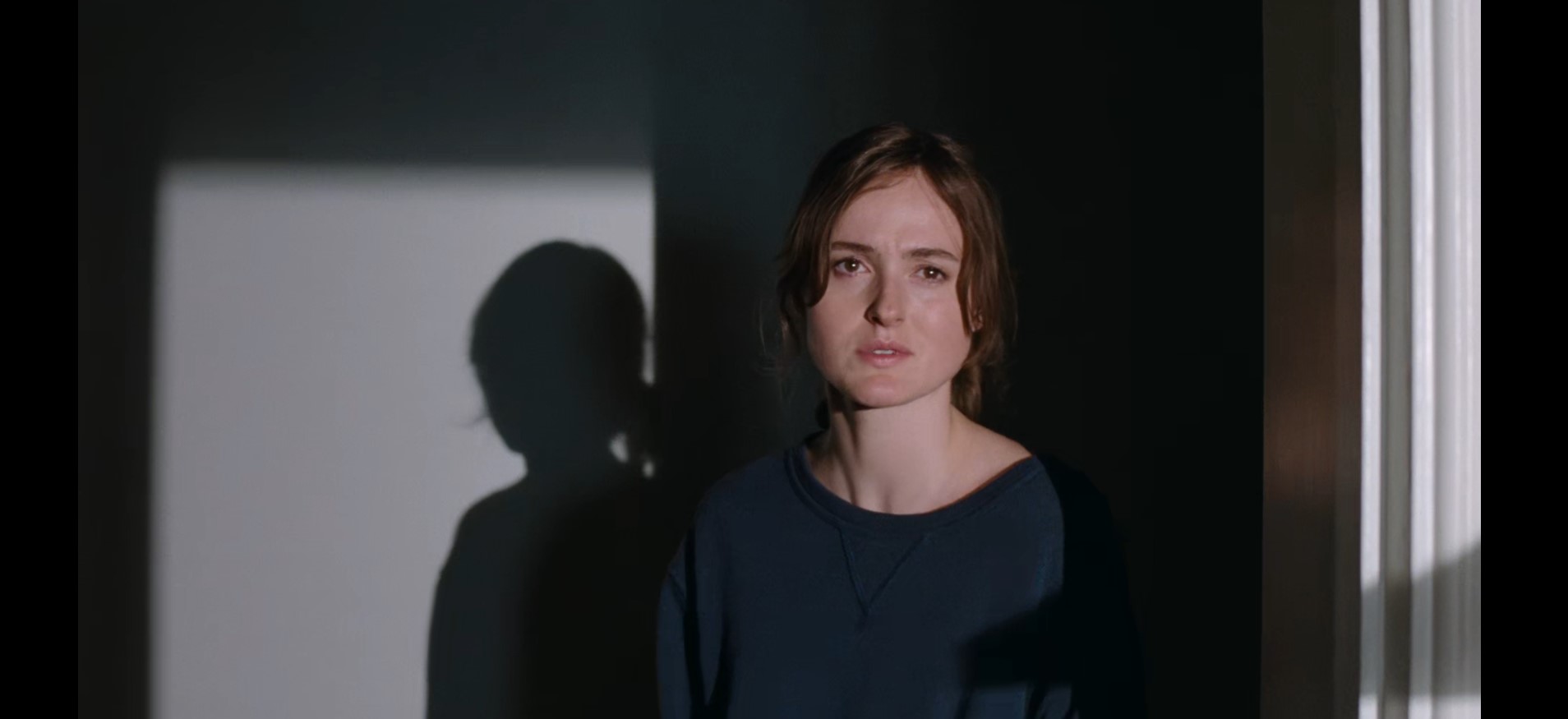
Perhaps it is simultaneously both selfish and selfless on Julie’s part to reach out to Aksel. However, we can safely assume her presence made those final days better for him. Ultimately, Julie tells Eivind about the pregnancy, and they subsequently part ways so she can decide what she wants to do. But she doesn’t have to make the choice. One day, while she is in the shower, Julie suffers a miscarriage. Afterward, she actually looks relieved.
Why Doesn’t Julie Return to See Aksel One Last Time?
Even though Julie treated him poorly, it’s undeniable that Aksel has been an important part of her life. He has been on her mind from the moment she sees the interview. A significant part of her has come to regret the choices she has made. It seems that she even begins to ponder about the possibility of reconciliation, but that’s when she receives the news of his illness.
Julie is a deeply flawed character. She can be incredibly narcissistic and even cruel. Feeling trapped in the relationship with Eivind, she unnecessarily lashes out at him when he tries to compliment her writing. It follows the same pattern of the scorched earth mentality that she demonstrates earlier when she breaks up with Aksel. Trier stated in an interview that his protagonist is “in that eternal stage of existential crisis that some of us go in and out of.” She is in her early 30s and doesn’t yet know what she wants to do with her life, both professionally and personally.
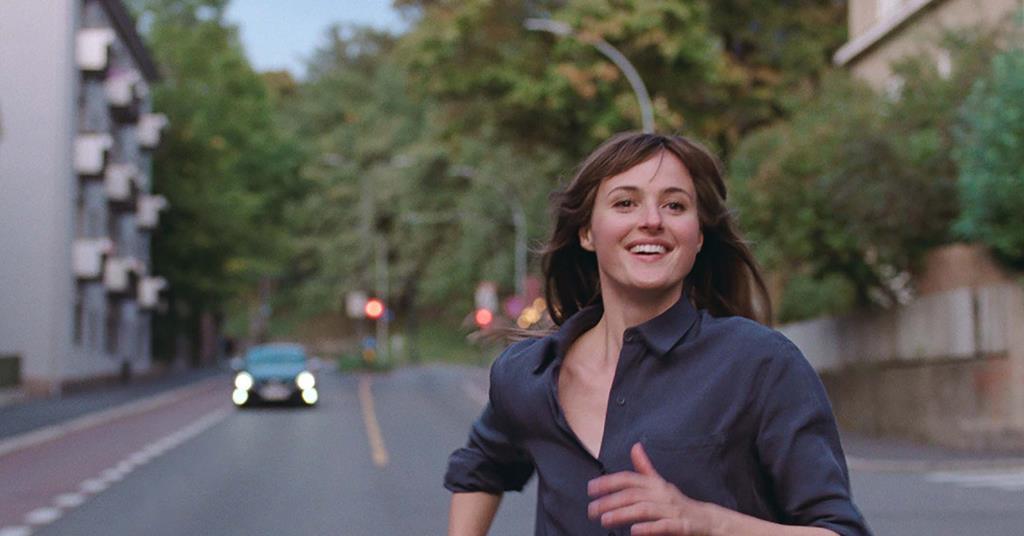
‘The Worst Person in the World’ demonstrates the importance of making mistakes in life. Not everyone has everything figured out by the time they turn 30. It often takes a life-altering event to find a sense of self-worth. For Julie, it seems that Aksel’s death and the miscarriage play that role in her life. After learning that Aksel will not survive the night, she doesn’t visit him one last time. Instead, she spends the night walking through the streets and alleys of Oslo, dealing with her grief by her lonely self. When the morning comes, the sun illuminates her face, indicating a bright future ahead of her.
What Is the Significance of the Epilogue of the Film?
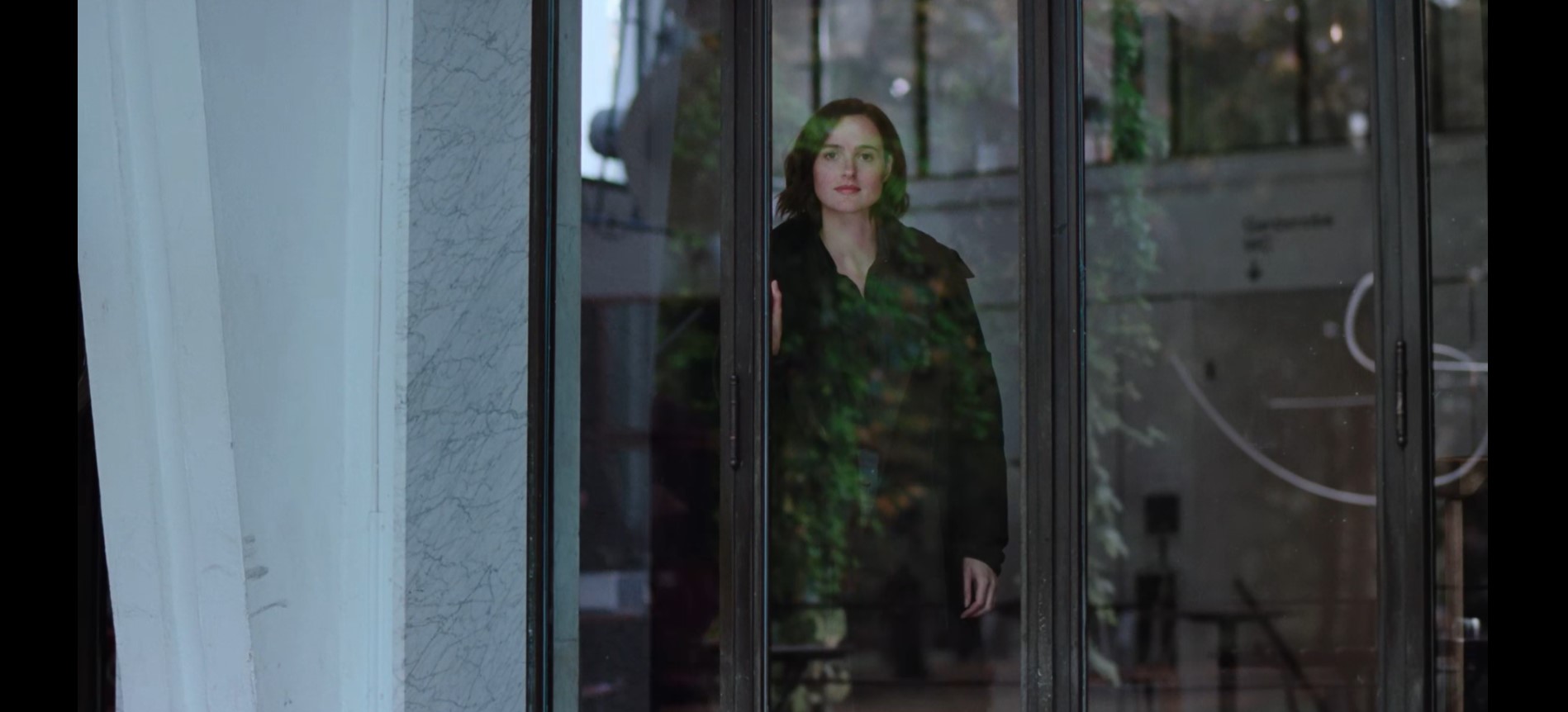
The epilogue solidifies Julie’s metamorphosis. In a minor way, it does the same for Eivind as well. Julie’s self-doubts and inner conflicts are explored through a voice-over, the mushroom-trip scene, and the time-freeze scene. Between Aksel’s death and the epilogue, some time has passed. Julie has now established herself as a photographer, and Eivind has a family. Both have demonstrably evolved since the last time we saw them. Julie, in particular, has come to accept who she is and found peace because of it. Unlike before, her identity doesn’t hinge on others. She has endured her shares of struggles and uncertainty and has emerged victorious.

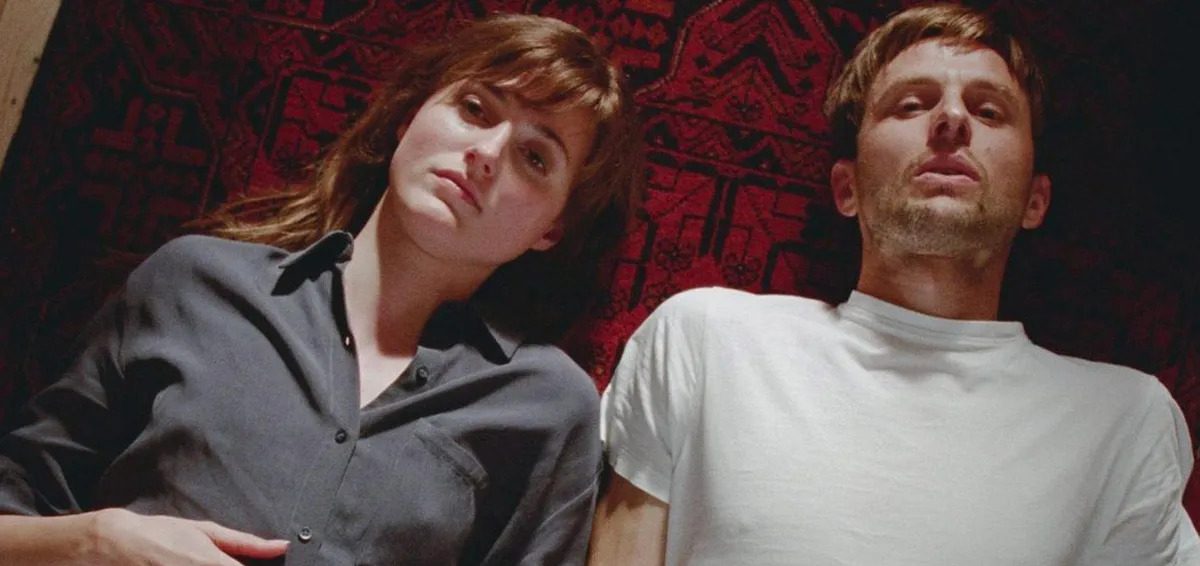
You must be logged in to post a comment.